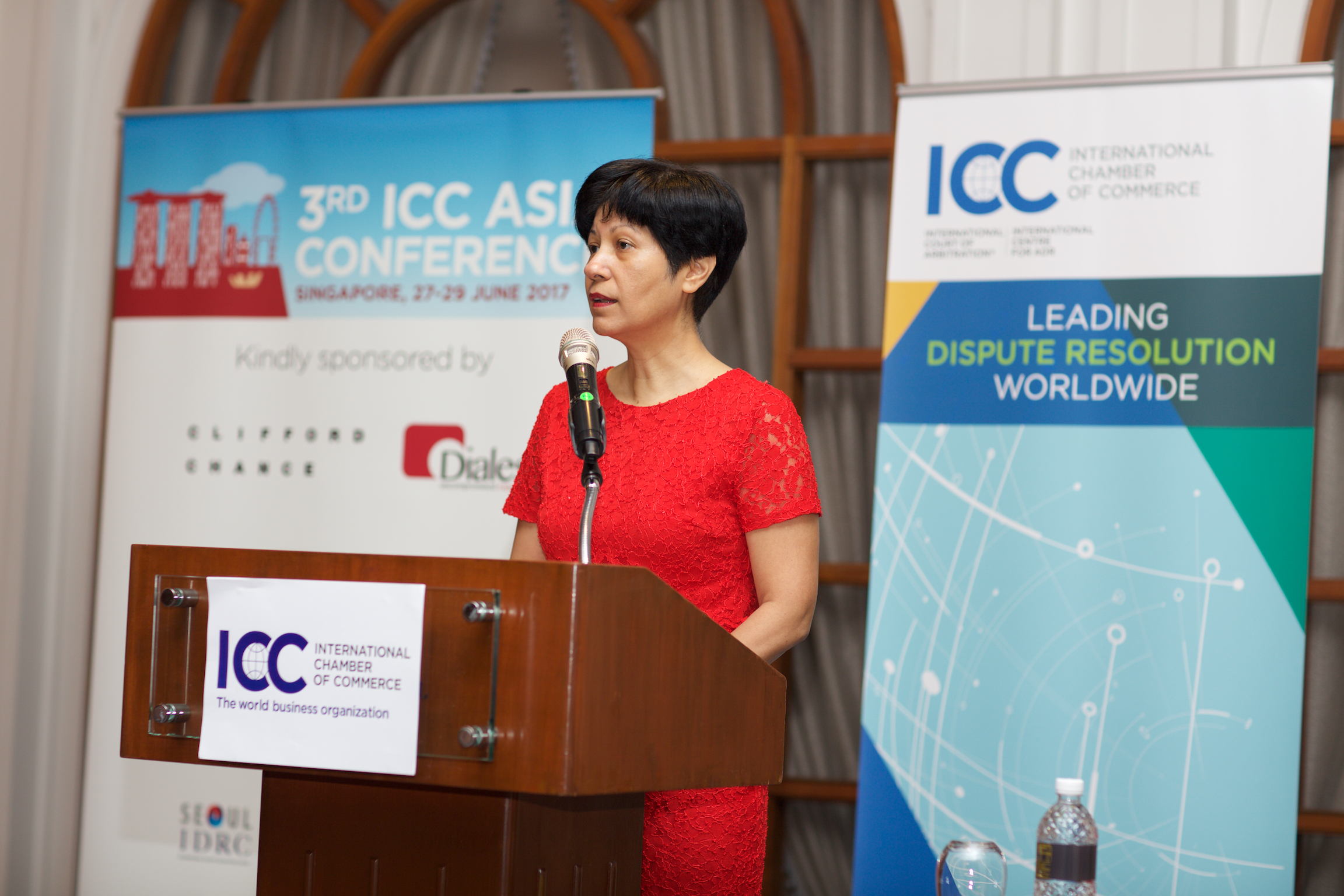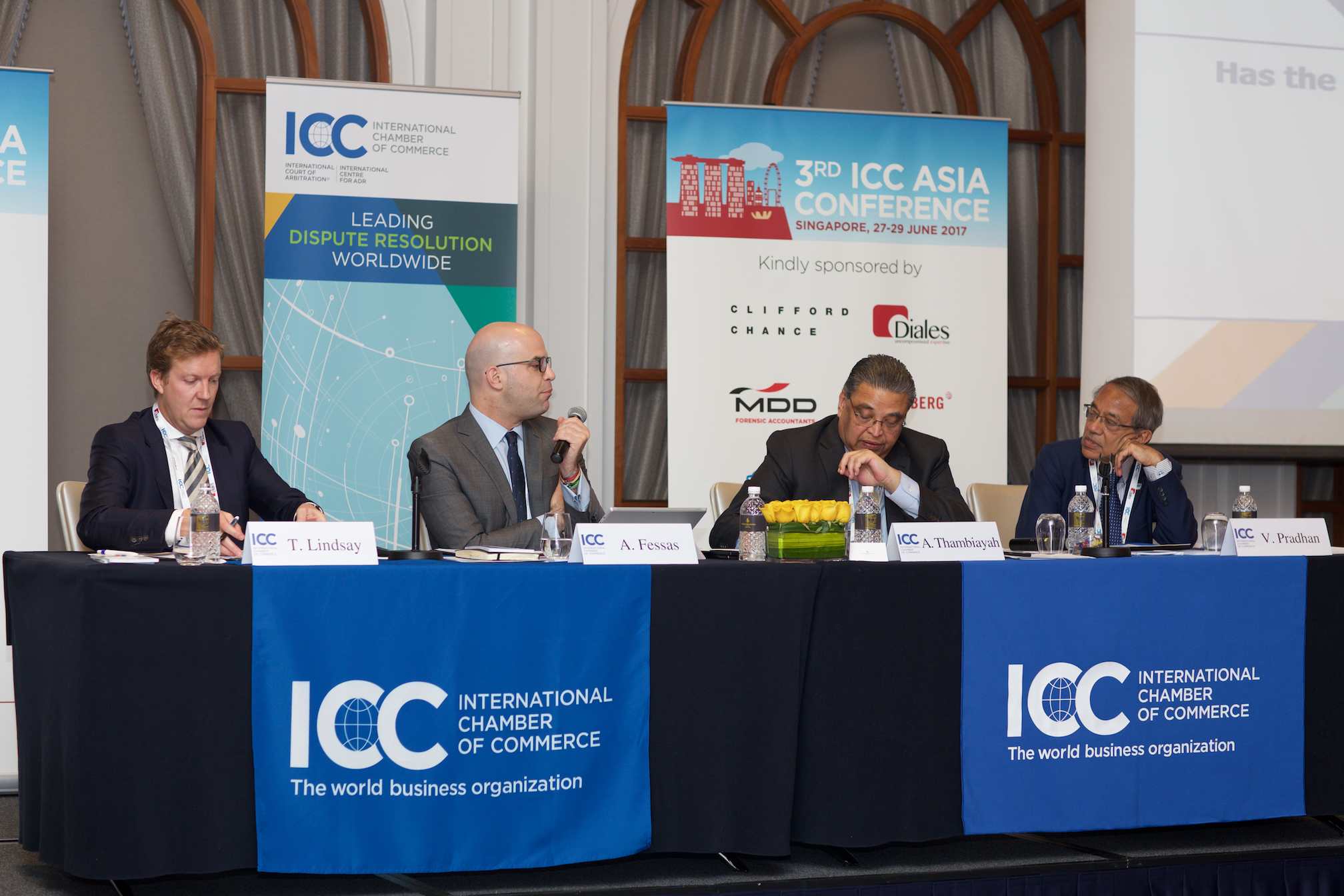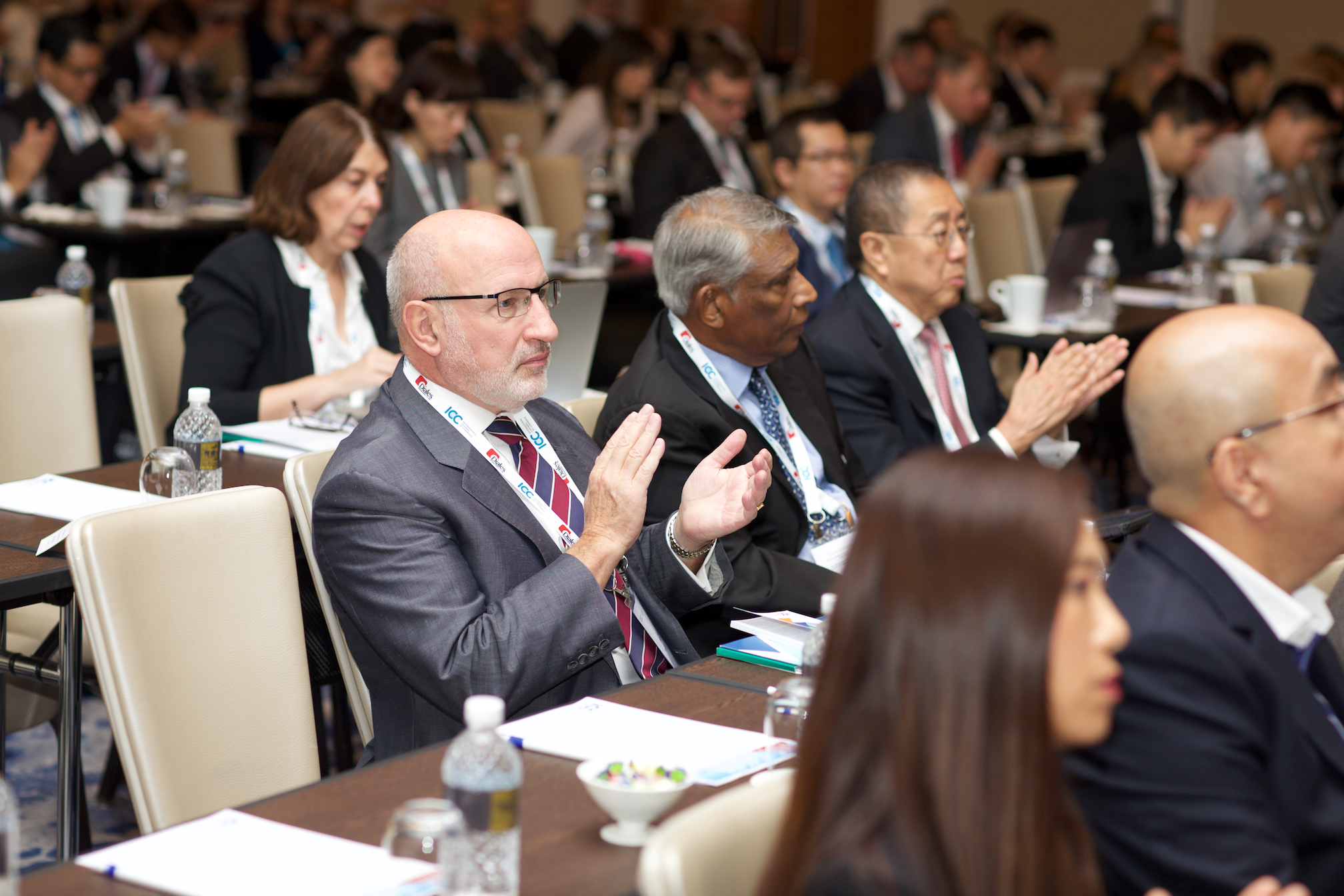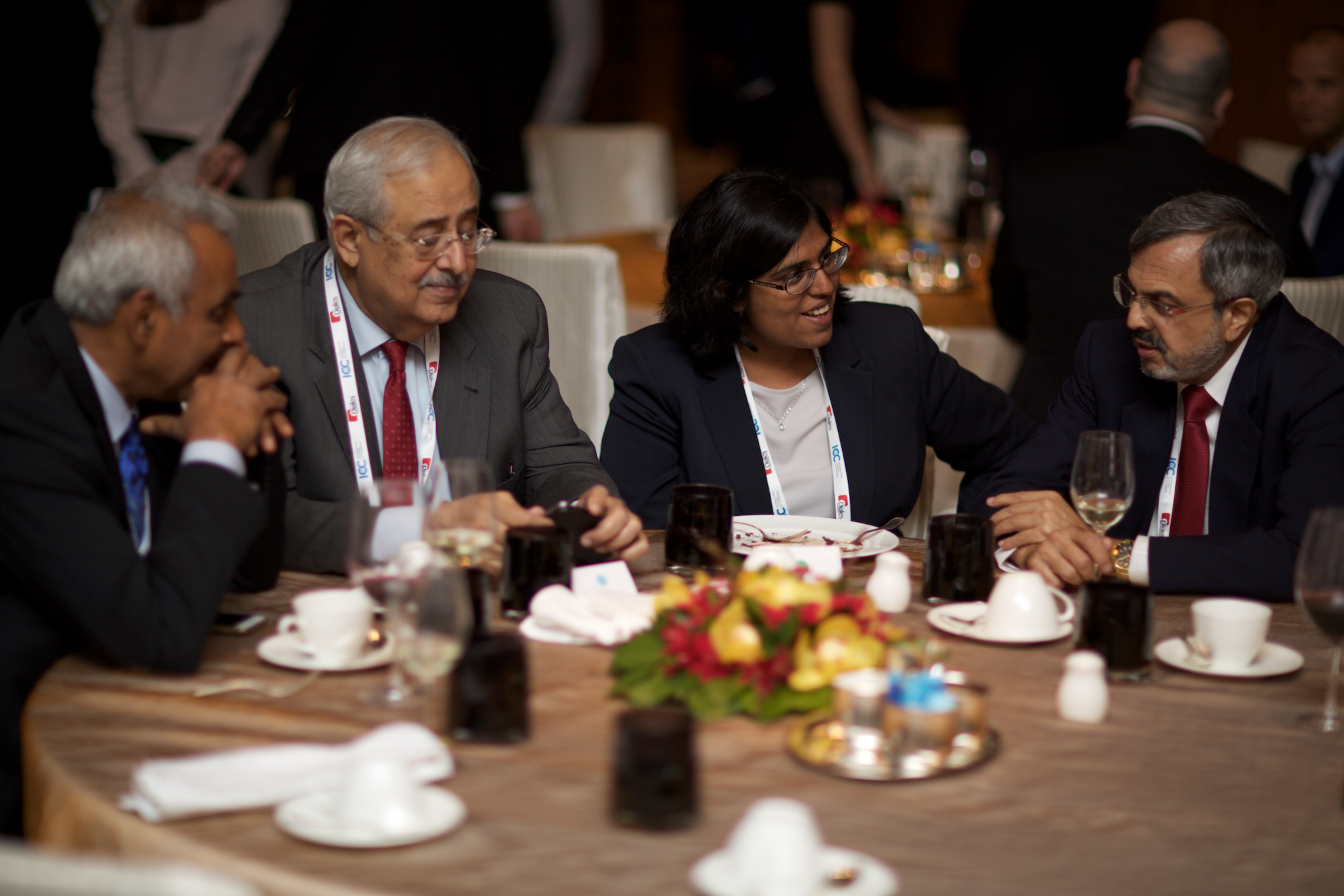I. INTRODUCTION
When is a doctor liable for giving a patient negligent medical advice? In the case of Hii Chii Kok v Ooi Peng Jin London Lucien [Hii Chii Kok],1 the Court of Appeal departed from established case law and created a new test to determine the standard of care a doctor must meet to discharge his duty to the patient he is advising. This article will outline the state of the law regarding negligent medical advice in Singapore, analyse the new three-stage modified Montgomery test and discuss some of its implications on the medical and legal practice.
II. BACKGROUND
As reiterated in Hii Chii Kok, the practice of medicine by doctors comprises of three aspects:2
- Diagnosis – Establishing what the medical issue is.
- Advice – Providing the patient relevant and material information about recommended courses of action, alternative treatments and the potential risk.
- Treatment – Carrying out “that which the patient has agreed should be carried out”; this may, for example, refer to surgery as well as relevant pre- and post-operative treatment.3
Prior to the ruling in Hii Chii Kok, the leading local authority on the applicable standard of care expected of medical professionals was Dr Khoo James & Anor v Gunapathy d/o Muniandy [Gunapathy].4 It accepted and applied the longstanding Bolam-Bolitho test to all three aspects of medical practice.5 The Bolam-Bolitho test comprises of two stages – the Bolam test and the Bolitho addendum.
According to the Bolam test, laid down in the case of Bolam v Friern Hospital Management Committee [Bolam],6 the standard of care expected of a professional practicing a special skill is that of an “ordinary skilled man exercising and professing to have that special skill.”7 In medical negligence, the court assesses whether the doctor “acted in accordance with a practice accepted as proper by a responsible body medical men skilled in that particular art.”8 The presence of a body of opinion that takes a contrary view will not result in liability. Thus, even if the body of opinion that accepts the specific practice is in the minority, the doctor will not be found liable so long as they made use of a reasonable practice.
The test was developed in recognition of the fact that the courts are generally not well-placed to settle medical controversies. Given the diversity of reasonable views that may be held on a particular medical issue, it may be unfair for the courts to find a doctor liable for holding that view even if the view is subsequently found to be wrong. On the other hand, not every view can be found acceptable by the Court. Consequently, for a doctor to meet the standard of care and show that an ordinary skilled member of his profession would have acted in the same way, the test only requires that the doctor show that some other doctors would have acted in the same way.9
The Bolam test was later supplemented by the Bolitho addendum in the case of Bolitho v City & Hackney Health Authority [Bolitho].10 The addendum requires the expert medical opinion to pass a threshold test of logic; it is met if the medical experts who gave testimony have compared the risks and benefits and come to a defensible conclusion that fulfils a threshold of logic and consistency.
While the test was initially only applicable to diagnosis and treatment, it was subsequently extended to the disclosure of medical risks by the Court in Sidaway v Bethlem Royal Hospital Governors [Sidaway].11 The majority ruled that a decision to omit disclosing risks of medical treatment is, like treatment and diagnosis, an exercise of professional skill and judgement and should be determined through the Bolam test.
However, the blanket application of the Bolam-Bolitho test to all aspects of medical treatment was a controversial decision for its promotion of medical paternalism.
Notably, the UK Supreme Court, in the case of Montgomery v Lanarkshire Health Board [Montgomery],12 introduced a new test that overruled Sidaway’s application of the Bolam-Bolitho test in the context of medical advice. A doctor must disclose material risks as well as reasonable alternatives to the recommended treatment. Material risks are defined as those which a reasonable person in the patient’s position would likely find significant, or that the doctor should reasonably aware that the patient would find significant.13
This change came in reaction to developments in how the medical profession and society viewed the doctor-patient relationship. The Court noted that the General Medical Council viewed the informed involvement of patients as an integral aspect of professionalism in treatment.14 Another important social development considered by the Court was the recognition of the right to respect of private life by the European Convention on Human Rights. This was deemed by the European Court of Human Rights to give rise to a duty to involve the patient in decisions relating to their treatment.15
Other jurisdictions such as Australia16 and Malaysia17 have also adopted a ‘prudent patient’ approach to risk disclosure.
III. THE MODIFIED MONTGOMERY TEST
In Hii Chii Kok, the Court of Appeal recognised the need to distinguish between the various aspects of medical treatment to align the law with societal developments. While the Court recognised the difficulty in rigidly distinguishing between the three aspects of medical practice, it stated that it would be artificial to treat them as monolithic and capable of being assessed with reference to a single test.18
The Bolam-Bolitho test was retained for diagnosis and treatment. Here, the patient is a passive participant that provides information and received treatment in accordance with the directions of the doctor.19 The test is suited for these aspects as it recognises that doctors possess expert knowledge on medical matters. A doctor is ultimately in charge of making the diagnosis and treatment. The acts of diagnosing illness and providing treatment are considered to be an exercise of professional skill and judgment. This is because a wide variety of factors – advancing medical knowledge, the doctor’s personal experience and patient-specific information – may lead to disagreements over the appropriate result or treatment. In such situations, it may be reasonable for a doctor to recommend a particular diagnosis or treatment. As previously mentioned, it is not appropriate for the Court to attempt to settle medical controversies and decide that one particular view is correct. The better approach in determining whether a doctor meets the professional standard of care, as seen in the continued application of the Bolam-Bolitho test for diagnosis and treatment, is to examine whether their professional judgment was supported by a responsible body of opinion.
However, the Court recognised that in the context of medical advice, both the medical profession and society in general now perceive patients as active participants engaged in a dialogue with their doctors. Unlike the aspects of diagnosis and treatment, where the doctor is in charge, the decision to undergo treatment is ultimately made by the patient. As their decision can be informed by circumstances, objectives and values beyond purely medical considerations,20 the patient must have all the information they would reasonably require to make such decisions.
Referencing the reasoning in Montgomery, the Court noted that similar developments had occurred in the perception of medical advice by the medical industry and public. It relied on the Singapore Medical Council’s Ethical Code and Ethical Guidelines (2016 Edition) [ECEG] to show this change. The ECEG states that patients are now more knowledgeable about medical issues and want their doctors to provide sufficient information to allow them to make informed decisions.21 Consequently, it encourages doctors to respect patient autonomy and facilitate their decision-making by ensuring they are advised of the benefits and risks involved.22 The guidelines were recognised by the Court as an indication of the new perspective that both society and the medical industry have adopted with regard to medical advice. This gave rise to the impetus to adjust the applicable test to better reflect the values of society and the medical industry.
The Bolam-Bolitho test, applied to medical advice, would allow a doctor to withhold information so long as some of his peers would have acted similarly. This conflicts with the patient’s entitlement to make decisions and created the need for a new test to account for the patient’s perspective. For these reasons, the Court departed from the Bolam-Bolitho test as adopted in Gunapathy and established the new patient-centric three stage test to determine whether a doctor meets the applicable standard of care when dispensing medical advice.
At the first stage, the patient must identify the exact nature of the information that he alleges was not given to him and establish why it would be regarded as relevant and material. This assessment is made from the perspective of the patient. The Court stated that information which doctors ought to disclose is information that would be relevant and material to a reasonable patient situated in the particular patient’s position, or information that a doctor knows is important to the particular patient in question.23
The second stage inquires whether the doctor was in possession of that information.24 If the doctor was not aware of the information, the court returns to the Bolam-Bolitho test to assess whether the doctor was negligent in diagnosis or treatment.25
If the doctor was in possession of the information, the third stage of the test examines the reasons why the doctor chose to withhold the information from the patient. The court will assess whether the doctor’s reasons for withholding the information were justified and consider whether this was a sound judgment, having regard to the standards of a reasonable and competent doctor.26 The burden is on the doctor to justify the non-disclosure and the testimony of medical experts on reasons to withhold information will assume more significance because the decision includes an element of professional judgment.27 Examples of situations where a doctor may be justified in withholding information include a patient waiving their right to receive further information, emergency treatment or exercise of therapeutic privilege by the doctor.28
IV. HII CHII KOK'S MODIFICATIONS TO THE MONTGOMERY TEST
While the Montgomery test and the Modified Montgomery test are broadly similar, there are a number of key differences that distinguish the two.
A. Disclosure of Relevant and Material Information
While the scope of material information under the Modified Montgomery test appears to be great, the Montgomery test and the first stage of the Hii Chii Kok formulation are likely to be substantially similar in practice.
The Hii Chii Kok formulation focuses its discussion of risk along the lines of likelihood and severity. A remote risk with minor consequences is unlikely to be considered material, while a likely risk with severe consequences is likely to be considered material. The Court also stressed that a severe consequence with a very low probability of eventuating may not necessarily need to be disclosed.29
Next, the Hii Chii Kok formulation does not restrict material and relevant information to material risks involved in recommended treatment as well as reasonable alternative treatments.30 Despite this apparent increase in scope under the Hii Chii Kok formulation, it is submitted that the Montgomery test can be interpreted broadly to encompass much of what Singaporean courts would consider material and relevant information.
Referencing the Canadian case of Dickson v Pinder,31 the Court in Hii Chii Kok gave several examples of information that would likely be considered material: the doctor’s diagnosis of the patient’s condition, the prognosis of that condition with and without medical treatment, the nature of the proposed medical treatment, the risks associated with the proposed medical treatment and the alternatives to the proposed medical treatment as well as the advantages and risks of those alternatives.32
These are notably very similar to the characterisation of risk in Montgomery. In the UK, the materiality of a risk is determined by assessing its magnitude, nature, effect upon the life of the patient, importance of the benefit sought by the treatment, the alternatives and risks of alternatives.33 As a result, it is unlikely that information provided by doctors in the two jurisdictions will drastically differ in practice.
B. Inclusion of Second Stage of Test
The second stage of Hii Chii Kok’s formulation requires that the doctor actually possess the information that the patient alleges was not given.34 Although not expressly provided for in Montgomery, it is submitted that the doctor actually having the information is a logical and implicit requirement. The courts are unlikely to penalise a doctor for failing to advise if the information in question was not available. Nonetheless, the discussion of the second stage in Hii Chii Kok is noteworthy for highlighting that the doctor lacking information primarily a problem of diagnosis and treatment. These are aspects best handled by the Bolam-Bolitho test.
C. Exceptions to Test
In Montgomery, the Court discussed a number of exceptions to the test. A doctor will be entitled to withhold information if its disclosure would be seriously detrimental to the patient’s health and in situations of necessity.35
Hii Chii Kok deliberately avoided closing off the list of exceptions. The Court is only to assess whether the doctor’s conduct was justified in the circumstances. However, the Court indicated that situations involving waiver of the right to receive further information, emergencies and exercises of therapeutic privilege would likely justify a doctor’s conduct.36
V. COMMENTARY
It is submitted that the Hii Chii Kok formulation is a commendable refinement of local law that effectively deals with some of the criticisms levelled at Montgomery. It also presents the possibility of development of the law in a non-medical context.
A. The Modified Montgomery Test and Patient Autonomy
The Modified Montgomery test is an unequivocal recognition of the importance of patient autonomy by the courts. However, while the concept of patient autonomy was the driver of change in both the medical industry and the courts, the court did not explore the content of this concept in great detail.
Future cases will inevitably grapple with the problem of what and how much information is relevant and material to the patient. The answers to these questions may very well be grounded in how patient autonomy comes to be understood in Singapore.
The Court has recently discussed the concept of autonomy in ACB v Thomson Medical Pte Ltd.37 Two main concepts of autonomy were offered. The first places prominence on the patient having the freedom to choose, even if the choice may be considered detrimental or irrational. The second argues that the concept of autonomy should facilitate both the current as well as long term desires of the patient. The focus shifts from the patient having a choice to the patient making a good quality choice that best account for their desires in life as a whole.
These two concepts of autonomy have significant implications on the nature of the standard of care. It may be sufficient for a doctor to provide only enough information for the patient to make a decision about the medical issue at hand. However, a more expansive conception of autonomy may require the doctor to go significantly beyond the current medical issue and consider the long-term well-being of the patient.
It is presently unclear how future courts will resolve the problem of autonomy as it relates to medical advice. This is likely to give rise to some confusion and uncertainty in the short term. Future cases will be invaluable in shedding light on how far doctors should go to respect patient autonomy in a post-Hii Chii Kok Singapore. It may well be that this problem will prove to be more theoretical than real.
B. Defensive Practice
With the present uncertainty over the nature of the doctor’s duty to advise and the removal of the protection that the Bolam-Bolitho test afforded medical practitioners, a principal concern from the shift towards a patient-centric approach is how doctors will react to the change in the law. Montgomery has been questioned for raising the likelihood of defensive practice.38 This refers to doctors advising and undertaking the treatment believed to be legally safe.39 Examples include inundating patients with information to ensure the legal boxes are ticked and to maximise the likelihood of patient comprehension.
However, the doctor is expected to take reasonable care to ensure the patient understands the information. It bears noting that the duty is only that of reasonable care; doctors are not expected to meet unrealistic standards of behaviour by ensuring complete comprehension. Additionally, the doctor must ensure the provision of information is balanced with proper communication of said information such that the patient is able to understand the advice.40 The Court also noted that concerns raised in Gunapathy about defensive practice mainly concerned the aspects of diagnosis and treatment rather than the provision of advice.41
It is submitted that such concerns may be overstated. While there was no legal necessity for a doctor to take the steps laid out in the Modified Montgomery test, the ECEG has already recognised the importance of patient autonomy and encouraged doctors to facilitate informed decisions. The practice of providing sufficient information for patients to make an informed decision is one that doctors should not be unfamiliar with. The Modified Montgomery test should not result in drastic shifts in behaviour to compensate for concerns that the advice is deficient.
C. Increased Litigation
On the flipside, the removal of the protection afforded to doctors by the Bolam-Bolitho test may also lead to an increase in medical litigation, which would drive up medical insurance and healthcare costs. Patients may be more likely to commence litigation if they believe they are more likely to win under the new test.
A useful indicator of the likelihood of increased litigation would be to examine other jurisdictions which have adopted similar tests. While it may be too soon to decide if Montgomery has resulted in a significant increase in litigation in the UK, Australia has not experienced the dreaded flood of litigation in the wake of Rogers v Whitaker. Litigation on disclosure of medical risks has been rare and generally involved factual disagreement over what was disclosed rather than the more contentious issue of whether a risk should have been disclosed.42
The Court in Hii Chii Kok noted that many of the primary drivers of increased litigation, such as contingency fees, are not present in Singapore. It stated that this would ameliorate concerns about the Modified Montgomery test, on its own, opening the floodgates to litigation. Additionally, it rightly noted that a possibility of increased litigation should not shut out legal reform.43 However, it is submitted that the perception of decreased protection of medical practitioners may, rightly or wrongly, still drive litigants to make claims where they might not have done so under Gunapathy. While this may not represent the drastic increase in litigation that the concern was concerned about, a gradual uptick in litigation and by extension, malpractice insurance costs may be an unfortunate result of the new paradigm. This may be exacerbated in the future if the patient-centric approach does in fact result in more successful claims.
D. Impact of Hii Chii Kok on other areas of professional negligence
Looking to the future, it is possible that Hii Chii Kok may lead to development of the law in other areas of professional negligence.
While it remains to be seen how the courts in Singapore will react to the principles established in Hii Chii Kok when applied to other professions, there is some precedent to suggest that the scope of the Bolam-Bolitho test may be further circumscribed.
The UK case of O'Hare v Coutts & Co [O’Hare]44 recently considered Montgomery’s approach to medical advice while assessing whether an investment advisor was negligent in explaining risks to the defendant bank. The Court ruled that an investment advisor’s duty to communicate the risks and ensure his client understood said risks should be governed by the Montgomery test instead of the Bolam test.45 This is because the finance industry does not presently have clear guidelines for investment advisors and their treatment of risk management. Finance industry regulations, analogous to those in the medical industry, also encourage advisors to act in a manner close to the approach prescribed in Montgomery. This led to the Montgomery test being preferred over the Bolam-Bolitho test.
While O’Hare does not indicate a wholesale rejection of the Bolam-Bolitho test – an approach rejected in Hii Chii Kok46 – it indicates that the scope of the Bolam-Bolitho test may be further eroded in areas of professional negligence where the victim needs to make a decision based on expert advice.
VI. CONCLUSION
While courts are generally slow to depart from established local precedent, the judgment in Hii Chii Kok was a necessary refinement to bring Singaporean law in line with the values of its people. It is a timely reminder that the law, far from being static, is a reflection of the values and beliefs of Singaporeans that must adapt to grapple with the new legal challenges created by a constantly developing society.



















